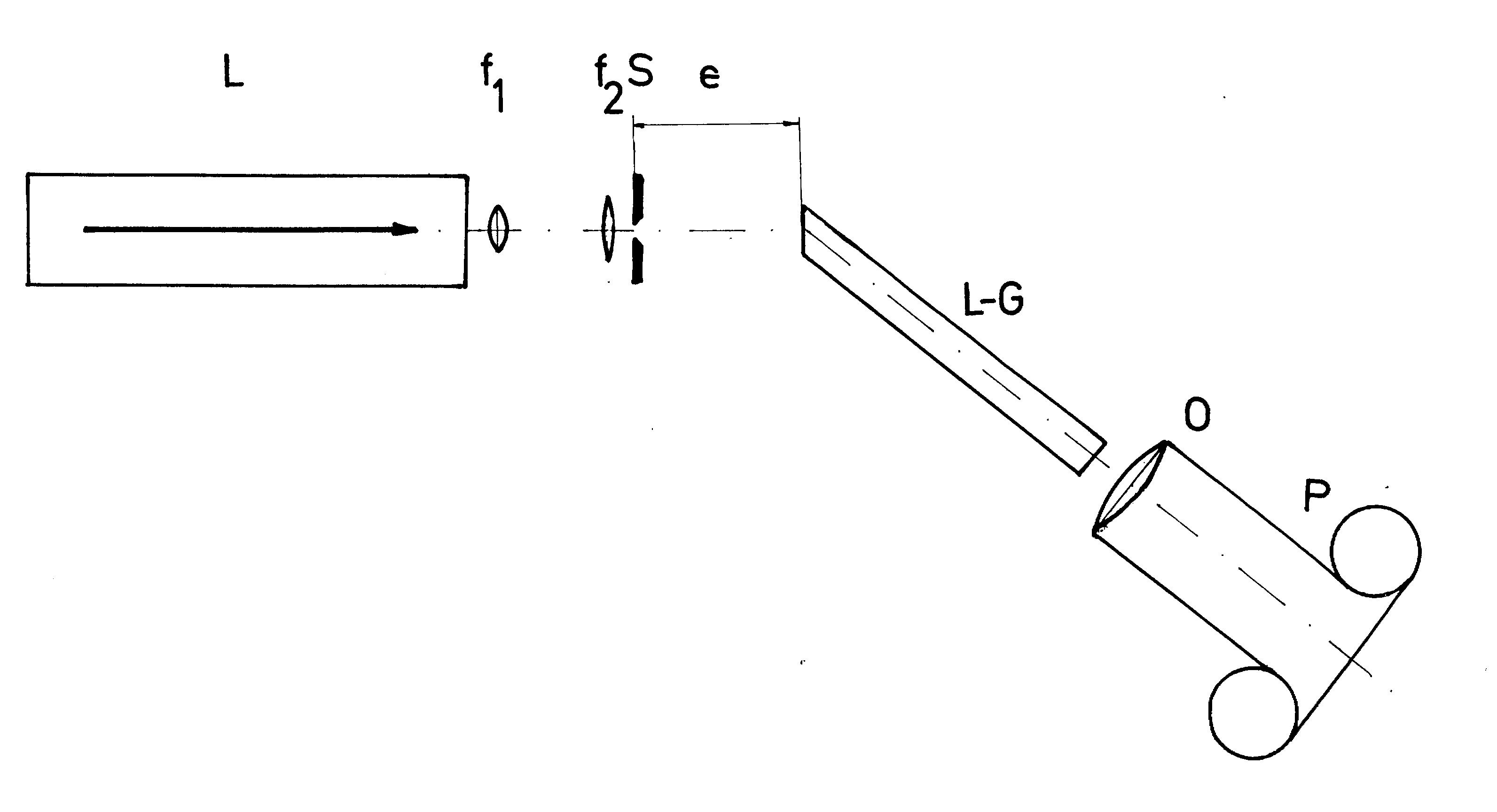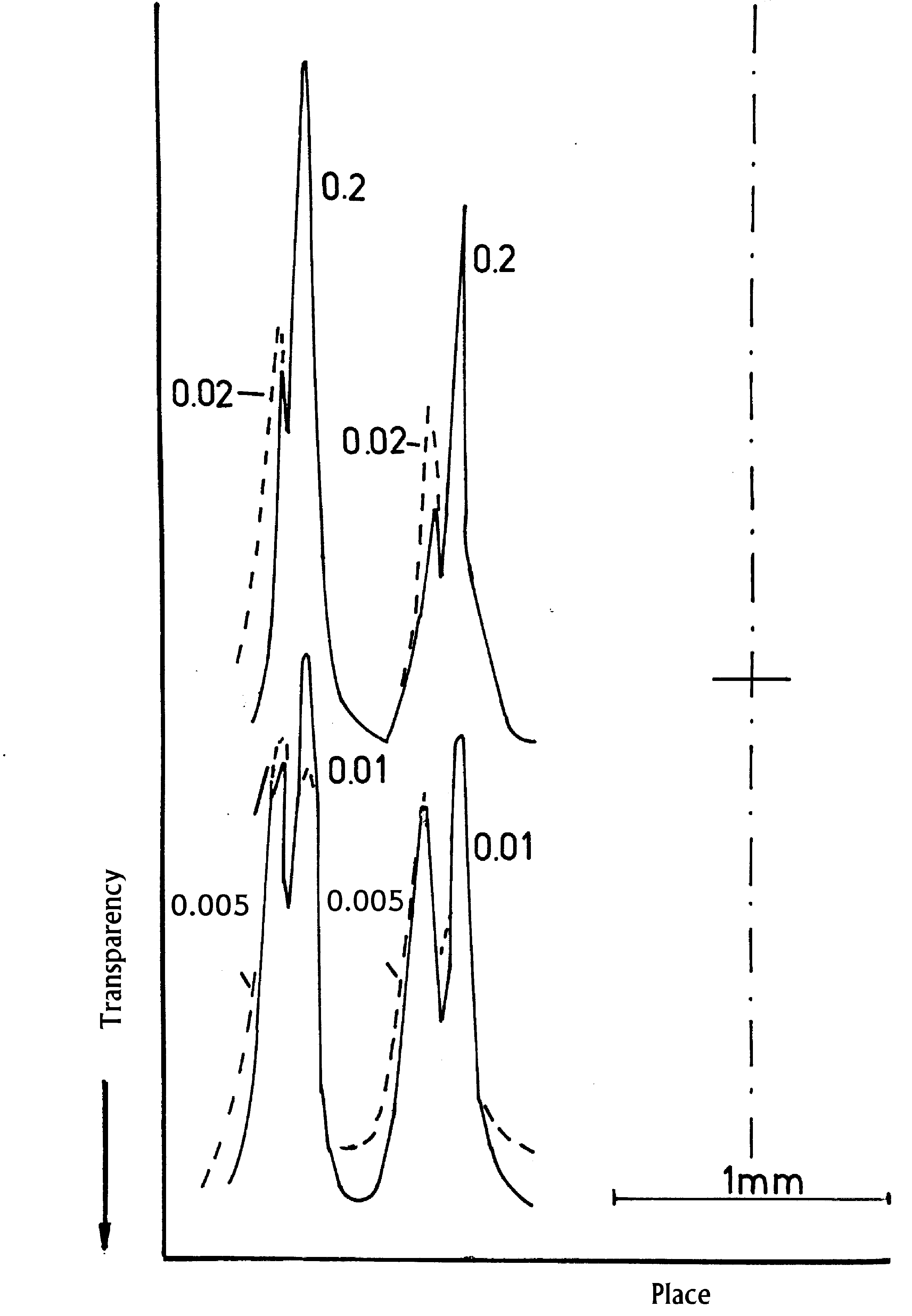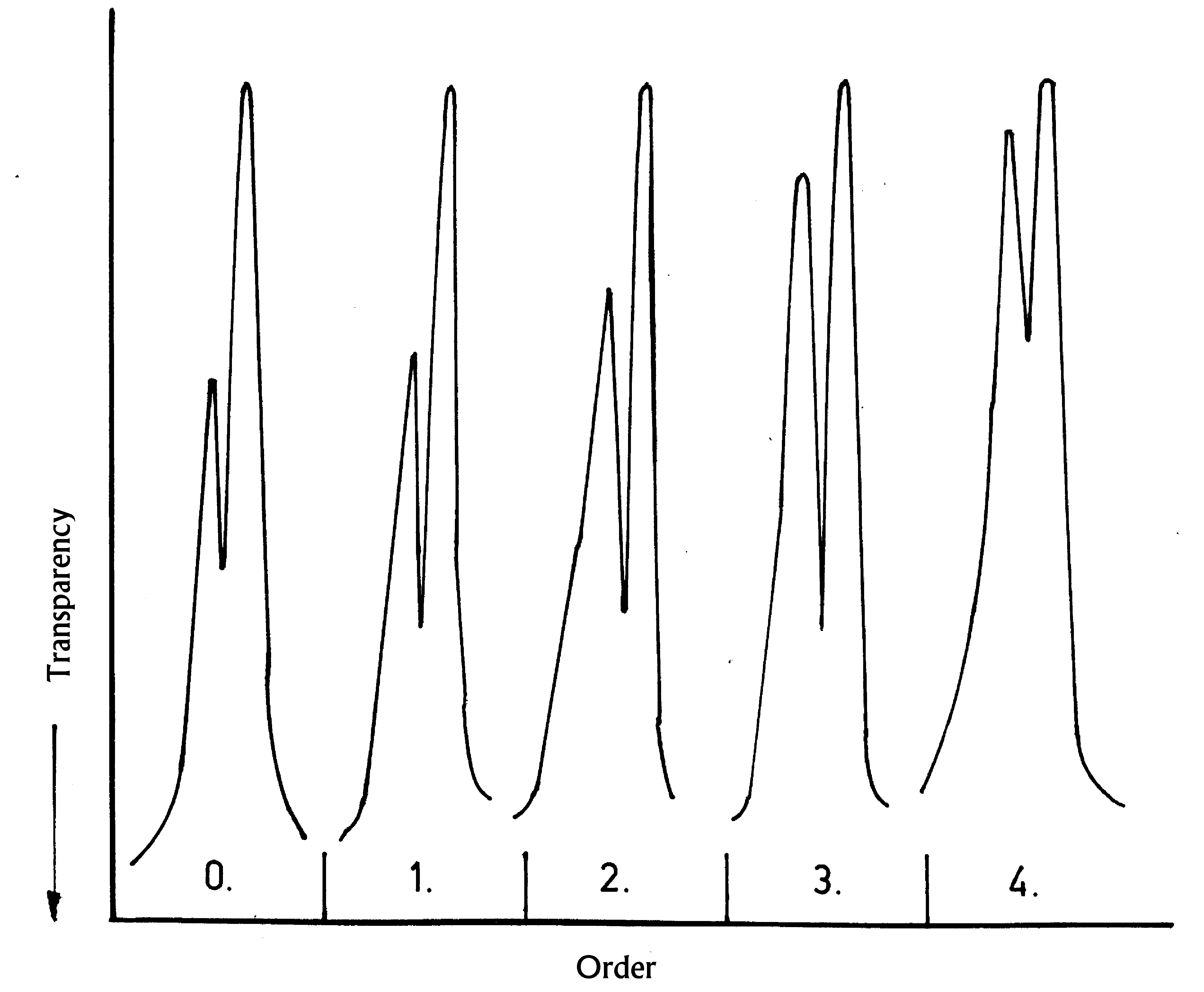
Newton's and Fresnel's Diffraction Experiments
The Continuation of Newton's Diffraction
Experiments
Diffraction of Light at Slit and Hindrance
Interference-Angle Condition, Diffraction and
Imagery
Diffraction One After Another and with
Intermediate Imagery
Diminishing of Frequency of Light after
Diffraction
Inner and Outer Diffraction-Fringes at
Circular Openings
Superposition of Interference and Diffraction
Diffraction Experiments with Inhomogeneous
Illumination
Experiments with Polarized Light at Slit and
Double-Slit
The Background of Diffraction-Figures
Trial for Interpretation of Newton's Diffraction
Experiments
Consequences for Photons out of Newton's
Diffraction Experiments
Consequences for Structure of Electrons out of
that of Photons
The Thermally Conditioned Electromagnetic Field
Diffraction and Light-Emission of Electrons
Energy-Steps of Electrons in Magnetic Eigen-Field
Faraday's Electro-tonic States
Near-Field Optics with Regard to Newton's
Diffraction-Experiments
Consideration of Magnetic Moment of Electron
in Quantum Theories

Diminishing of Frequency of Light after Diffraction
Laser light fell through a narrow slit into a Lummer-Gehrcke plate. Their interference fringes show a spread of one flank to place of lower frequencies, but there is no displace of the whole line to lower frequencies. This is proved with slit-width below 0.01 mm, in higher orders till some 0.001 mm. So narrower slits, so higher orders of diffraction, and so higher frequency of light, so stronger was the spread of the flank to lower frequencies. Already Smekal predicted diminishing of frequency of light after diffraction

Figure 1. Experimental arrangement. L - He-Ne or Argon laser; f1, f2 -lens for radiation-enlarging; S - precision-slit with a maximal width of 0.3 mm; e - distance; L-G - Lummer-Gehrcke plate; O - objective tessar 1:4.5, f' 135 mm; P - single-lens reflex-camera.

Figure 2. Curves of photometer of the first lines of the Lummer-Gehrcke plate, illuminated with a He-Ne laser HNA 188 with the slit-width 0.2, 0.02, 0.01, and 0.005 mm by e = 0.2 m. The middles of the zeroth orders are examined by varied slit-widths. The optical transparency of the negatives is drawn in arbitrary units in dependence of place of the lines. The dot-lines of slit-width of 0.02 and 0.005 are only there drawn where they deviate from the draw-lines of 0.2 and 0.01 mm. The inner lines are drawn in normalized height. Line-point exhibited the line of symmetry of the photos of Lummer-Gehrcke plate

Figure 3. As Figure 2 only e = 1.2 mAbb. 3. Wie Abb. 2, nur e = 1,2 m.

Figure 4. The orders 0 till 4 of the diffraction-figures with a slit-width of 0.025 mm. Drawn is the left inner line of the photometer-curves of Lummer-Gehrcke plate. The arrow at the foot of the curves will direct to the spread in higher orders. The high of the lines is drawn normalized.

Figure 5. Photometer-curves of the both first left lines of the Lummer-Gehrcke plate. As in figure 2 the zeroth order is examined with varied slit-width. An argon laser ILA 120 illuminated the slit with the blue-green adjustment. In difference to the He-Ne laser the Argon laser yields double-lines. Else as figure 2.

Figure 6. Photometer-curves from negatives which are taken in constant slit-width of 0.025 mm with an argon laser. Shown are only the first left double-lines of the 0th till 4th order where the inner maxima is drawn normalized in equal height.
Discussion
By knowledge of Compton-effect the red-shift at diffraction is not astonishing. Indeed, who has expected a displacing of the whole line like Hubble [5] found in the spectra of light of external-galaxy nebulas should be disappointed. This is to compare with Compton-effect with summing over the whole angle-reach where also is to expect a spread to lower frequency side. This was here to compare with a sum up over slit-width.
Newton [2] III 5th observation found and Nieke [6] and [7] confirmed that bent light comes only out of the narrow surroundings of every edge. At slit-width smaller as 0.1 mm overlap both spheres where bent light is coming from.
The ascertainment of slit-width nought is not unequivocal. If one put in slit-width nought in incident light that a movement of slit-yaws is to see, so in transmitted light a first light-perception is to establish in slit-width of 0,001 till 0.002 mm.
Smekal [8] wrote in his paper in which he predicted the Raman-Effekt (translated): "It has the appearance as if with every change of direction of light are connected proceedings of similar quality as described above as 'translation-quantum-transitions'. The formal use of Einstein's impulse-inference then yields on principle a change of frequency resp. diminishing of light at every reflection-, refraction- and diffraction-process, a consequence already W. Duane[9] called attention in a special way independent of the above placed question. A more accurate examination shows that thereby involved deviations of classical wave-theory are to make conveniently interferometric measurable in favourable experimental cases. Till realization of such future-hopes, which are suitable in various respect to destroy the dogma of indispensable of wave-theoretical considerations in optics of reflection and interference, perhaps this is still a very long way."
Raman had exposure-times of hours or days, today with a laser the Raman-effect is to prove in seconds or minutes. So it is no feat to prove diminishing of frequency of light after diffraction with a laser.
The dispersion-range of used Lummer-Gehrcke plate is about
Δf / f ~ 4 10-5 (1)
The maximal displacing is only a split of them.
References
[1] H. Nieke, Newtons Beugungsexperimente und ihre Weiter- führung. Halle 1997, Comp. Print 1, Arbeit 4. (vorhanden in vielen Deutschen Universitätsbibliotheken); Newton's Diffraction Experiments and their Continuation. Halle 1997, comp. print 3, paper 4. (available in some university libraries.)
[2] I. Newton, Opticks, or a Treatise of the Reflexions, Refractions Inflexions and Colours of Light. London 1704; Opera quae exstant omnis, Tom IV, London 1782; Optics, reprint, Bruxelles 1966; Optik II + III, Übers. W. Abendroth, Ostwald's Klassiker Nr. 97, Engelmannn, Leipzig 1898; Neuauflage Bd. 96/97, Vieweg, Braunschweig 1983; Optique, Trad. J. P. Macat 1787; Bourgois, Paris 1989.
[3] A. Fresnel, Oeuvres Complétes I. Paris 1866; Abhandlungen über die Beugung des Lichtes. Ostwalds Klassiker Nr. 215, Engelmann, Leipzig 1926.
[4] As [1], paper 5
[5] B. Hubbel, The realm of nebula. Yale Univ. London 1936; Das Reich der Nebel, Vieweg, Braunschweig 1938.
[6] As [1], paper 2
[7] As [1], paper 3.
[8] A. Smekal, Naturwiss. 11 (1923) 973.
[9] W. Duane, Proc Nat. Aced. Amer. 9 (1923) 158.
© 2006 by tediamedia • info@gebeugtes-licht.de